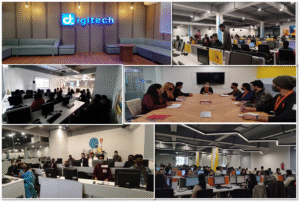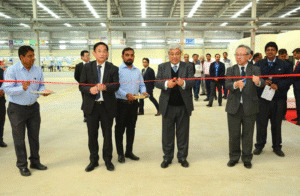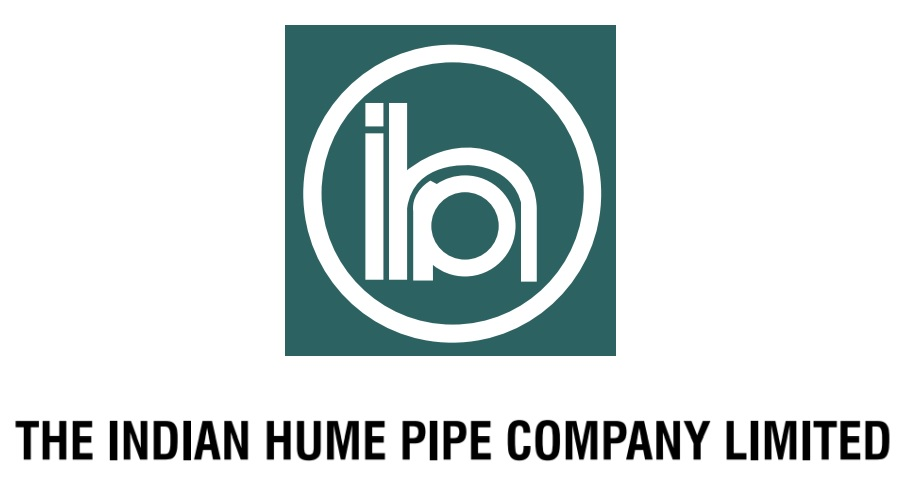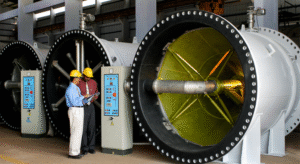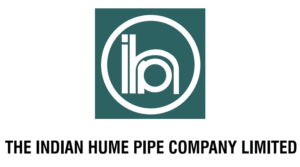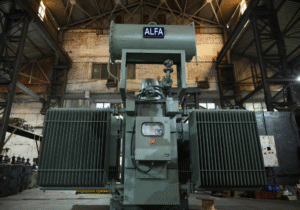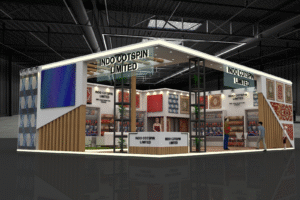1. At a Glance
Indian Hume Pipe (IHP), born in 1926, is older than most countries’ constitutions. Its main job: making and laying giant pipes for water, sewerage, and power projects. It also manufactures railway sleepers for Indian Railways. Market cap ₹2,078 Cr, CMP ₹393, order book ₹3,112 Cr — sounds impressive, until you see the working capital cycle, which is longer than a government tender approval process.
2. Introduction
Imagine being in business since the British Raj and still fighting with government departments for payments. That’s IHP. It builds the pipelines that carry drinking water, irrigation water, sewage, and cooling water for power plants. Basically, if it flows, IHP tries to control it.
But this “boring infrastructure” is deceptively important. Water projects = political brownie points, and EPC contractors like IHP thrive whenever elections are near. They also dipped into real estate in Pune via a land development deal with Kalpataru, because why not? When your cash flow is stuck in receivables, you start dreaming of rental income.
The trouble? Order execution delays, high debtor days (159!), and 30.7% of promoter shares pledged — yes, the family silver is already in the pawn shop.
3. Business Model (WTF Do They Even Do?)
IHP is basically the plumber for governments:
- EPC Contracts: Laying water supply lines, sewerage systems, drainage, and allied works.
- Pipes: BWSC, PCCP, PSC, MS, RCC — not exactly Netflix-worthy, but governments love them.
- Railway Sleepers: Supply to Indian Railways. FY23 = 97,000 sleepers, ₹21 Cr revenue.
- Power Projects: Penstock pipes for hydropower, cooling water lines for thermal plants.
- Exports: Small operations in Iraq, Burma back in the day.
- Land Monetisation: Pune land JV with Kalpataru (IHP’s cut = 32.5%).
But here’s the twist: EPC = 90% of revenue. Manufacturing pipes is now just the side hustle. So IHP’s fate is tied to how fast government officers sign cheques — spoiler: not fast.
4. Financials Overview
Quarterly (₹ Cr)
| Metric | Q1 FY26 (Jun’25) | Q1 FY25 (Jun’24) | Q4 FY25 (Mar’25) | YoY % | QoQ % |
|---|---|---|---|---|---|
| Revenue | 307 | 364 | 392 | -15.6% | -21.7% |
| EBITDA | 34 | 58 | 56 | -41.4% | -39.3% |
| PAT | 21.9 | 31 | 14 | -29.6% | +56.4% |
| EPS (₹) | 4.16 | 5.91 | 2.73 | -29.6% | +52.4% |
Commentary: Revenue shrank, EBITDA margins slipped, but PAT looked better QoQ only because Q4 was unusually weak. Government payments delayed = revenue slippage.
5. Valuation (Fair Value Range Only)
a) P/E Method
EPS TTM = ₹14.74.Industry P/E ~37. Reasonable band 15–25.FV = 14.74 × (15–25) =₹220 – ₹370.
b) EV/EBITDA
EV = ₹2,092 Cr. EBITDA FY25 = ₹195 Cr.EV/EBITDA = ~10.7.Peer range = 8–12.FV Range =₹350 – ₹420.
c) DCF
Assume revenue growth 5–7%, margin ~11%, WC cycle continues to eat cash.DCF spits range =₹300 – ₹450.
Final FV Range (educational only): ₹300 – ₹420.(Current CMP ₹393 = hugging fair value).
6. What’s Cooking – News, Triggers, Drama
- Q1 FY26 results: Sales fell due to rains and no land sale windfall (last year they booked Pune land deal). PAT ₹21.9 Cr.
- Order Book: ₹3,112 Cr (as of May 2023), but that’s down 18% YoY. Not exactly inspiring.
- JV with Kalpataru: Vadgaon land, Pune. IHP’s share 32.5%. Real estate money may be fatter than pipe money.
